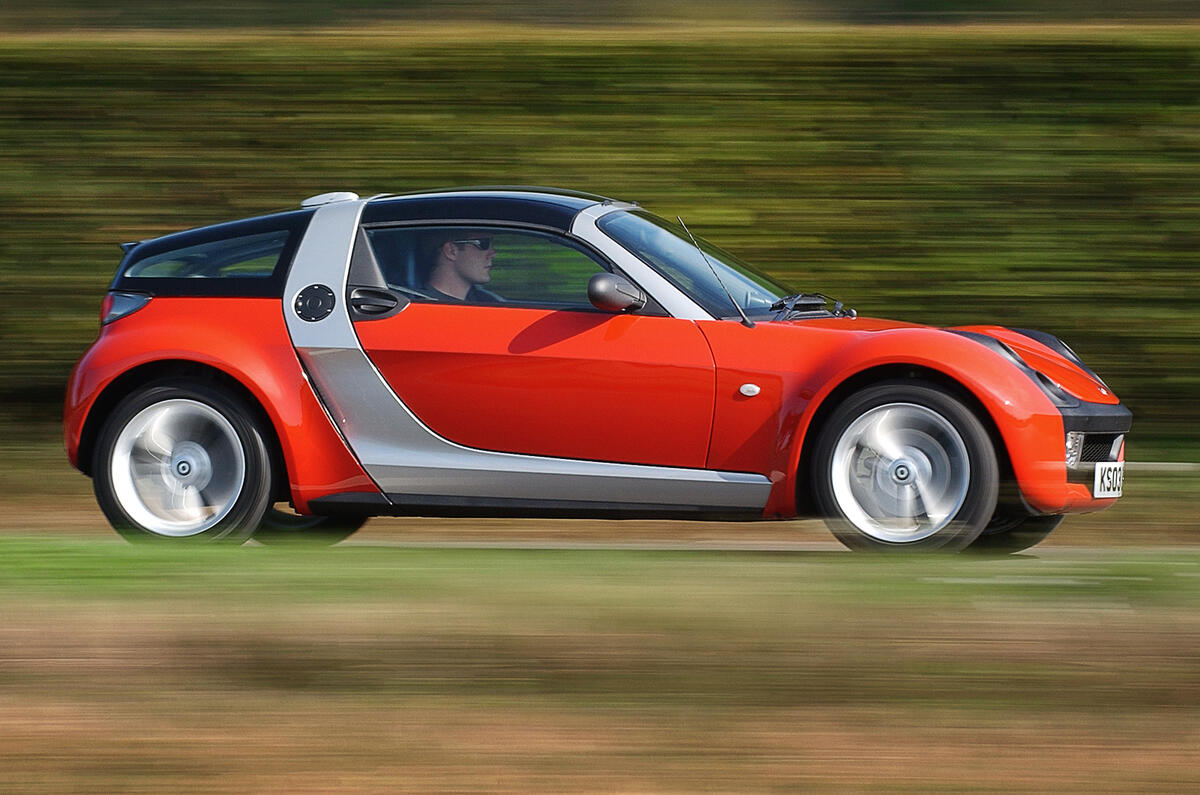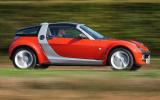Wednesday - When business secretary Vince Cable went to Lotus last November to announce that the company was to get a £10.44 million grant from the Regional Growth Fund because it was creating new jobs and progressing its technology, quite a few of us reckoned he’d taken leave of his senses.
Lotus had been mute and apparently inactive for so long that it looked like a dead duck and the grant a waste of taxpayers’ money.
Now it’s clear that the politicians knew a thing or two the rest of us didn’t. Lotus boss Aslam Farikullah’s quiet revelation this week — that the company has been in recovery for more than a year, with rising car sales and demand for its engineering services — suddenly makes the grant look appropriate and well timed.
Lotus is not out of the woods; it hardly ever is. But its trajectory is extremely encouraging, and the quiet way that it has been improving the fundamentals makes the whole recovery look plausible and durable.
Perhaps — we say this with caution — a new Lotus is being born this time.
Tuesday – Driving home in the Autocar MG 6 diesel last night, radio off, just enjoying the car, I fell to wondering why this ordinary machine, too-hastily rejected by most of the market, seemed so damned pleasant to operate.
We were driving through ordinary outer London traffic, on greasy and rutted outer London roads, with the MG proceeding in that neatly brisk way cars always do when you like them, and are perfectly familiar with the way they work.
What made the 6 special, I decided, was its sweetly balanced control efforts. None of the driver’s Big Three — steering, gearchange and throttle response — was class-leading in its own right, but the combo was exemplary. Balancing control efforts is hardly new. As long ago as the 1920s the ruling wisdom was that the more performance a car had, the more strength a driver needed to make it go.
That bred a postwar generation of “hairy chested” sports cars — Triumph TRs and Healeys — and even today some cars, usually German, have controls that seem coarser and less well matched than they could be, in pursuit of sportiness. Lotus’s Colin Chapman was among the first to overturn the “speed needs strength” philosophy in a co-ordinated way. From the beginning his cars were light and easy to operate. The original Lotus Elan’s suspension was daringly supple when others were unnecessarily stiff.
But the move to true co-ordination came in the 1970s when Chapman & Co launched the flat-screen Esprit and the new generation Elite. When you dipped the clutch you had a pretty good idea what it’d be like to move the gearlever. I owned an Excel, an uncommonly sweet car on long journeys even against the Porsche 944 most buyers in the class chose.
In modern times, all car-makers have embraced the idea. Jac Nasser, Ford’s biggest cheese of the ‘90s, talked a lot about “the handshake”, the notion that opening a Ford door should promise enjoyable driving in a couple of minutes’ time.













Join the debate
Add your comment
Lotus
Curious
I heard a quote of around 20,000GBP for the McLaren F1 as an annual service bill; I thought it might be interesting to compare..............
For once Mr. Cropley and I are aligned !
We have a fantastic non- franchised "Smart Specialist" in Guildford, ( who is even endorsed by Prof. Murray ), whose enthusiasm, and high quality work makes the cars a joy to own and run. He has fitted a few modifications to my car including a German made, upgraded clutch/ gear actuator ( which sharpens the gear shift ) and some larger vented front rotors with tiny four piston callipers ( which greatly enhance the braking ). All in all a totally miss understood wonderful little car !